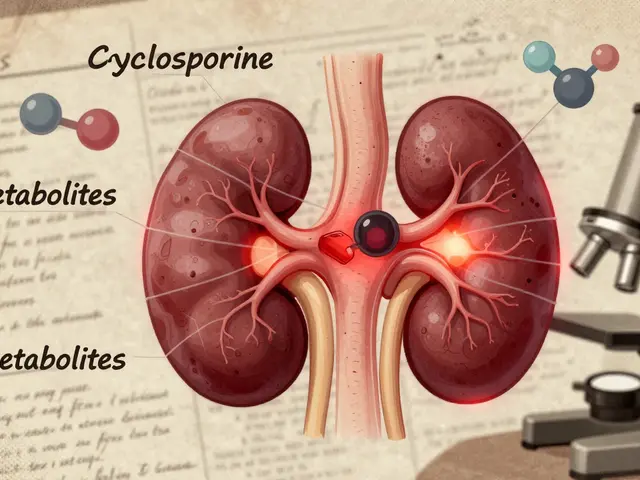Bempedoic acid: What it does and who should consider it
Bempedoic acid is a prescription pill that lowers LDL cholesterol. It works differently from statins and can help people who cannot tolerate statins or need extra LDL lowering on top of other drugs.
How it works: Bempedoic acid blocks an enzyme in the liver that helps make cholesterol. That lowers the amount of LDL circulating in the blood. The drug is activated in the liver, not in muscle tissue, which helps explain why muscle pain is less common than with statins.
Who might use it
Doctors usually offer bempedoic acid to adults with established heart disease or familial high cholesterol who still have high LDL despite statins, or who had bad muscle side effects from statins. It can be used alone or combined with ezetimibe for stronger effect.
Benefits and expected results
As a single pill, bempedoic acid commonly lowers LDL by a noticeable amount. Added to ezetimibe, the LDL drop is larger and can meaningfully change your LDL number. People taking it in trials also saw improvements in standard cholesterol panels, which can lower long term heart risk when combined with other measures.
Typical dose is 180 mg once daily. Take it with or without food at the same time each day. Keep taking other heart medicines your doctor prescribed unless told otherwise.
Common side effects include cold symptoms, muscle aches, and increased uric acid which can trigger gout in some people. Less common but important issues are liver test abnormalities and rare tendon problems. If you develop severe muscle pain, new joint pain, or signs of gout, call your doctor.
Before starting, your doctor will check a baseline lipid panel and liver tests. If you have a history of gout, mention it—your doctor may monitor uric acid levels. Women who are pregnant or planning pregnancy should avoid this drug; talk to your clinician about safer options.
What to tell your doctor: list previous reactions to statins, any history of gout or liver disease, and all current medicines including over-the-counter drugs and herbal supplements. Expect follow-up blood tests at six to twelve weeks to check LDL and liver values. If your LDL falls less than expected, your clinician may add ezetimibe or consider higher-intensity options. Keep a log of any side effects and report them promptly.
Drug interactions are limited but exist. Tell your prescriber about all medicines and supplements you take. Because bempedoic acid can change levels of some drugs and raise statin side effects in combination, your doctor may adjust doses or choose different drugs.
Cost and access: Bempedoic acid is a prescription medicine. Insurance coverage varies and copays can be high. Some manufacturers offer savings programs. Telehealth clinics can prescribe it when appropriate, but you still need lab tests and follow-up.
If you’re trying to lower LDL, remember lifestyle matters: diet, weight, exercise, and quitting smoking add real benefits alongside drugs. Ask your clinician whether bempedoic acid fits your plan and what to expect from treatment.

Bempedoic Acid vs Atorvastatin: The New Era in Cholesterol Control?
Curious about bempedoic acid and its growing reputation in cholesterol management? This article unpacks how it works, digs into clinical trial results, and compares it head-to-head with atorvastatin. If you're exploring safe and effective options for lowering your cholesterol, you'll find plenty of actionable insight—plus, discover alternatives in therapy that might surprise you.
Read More




